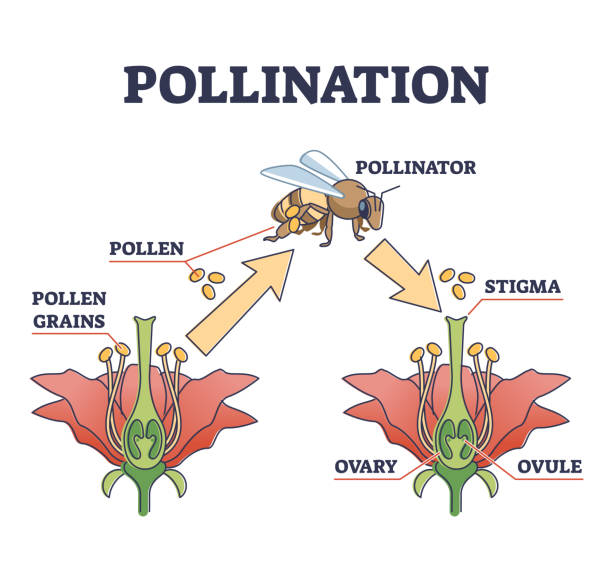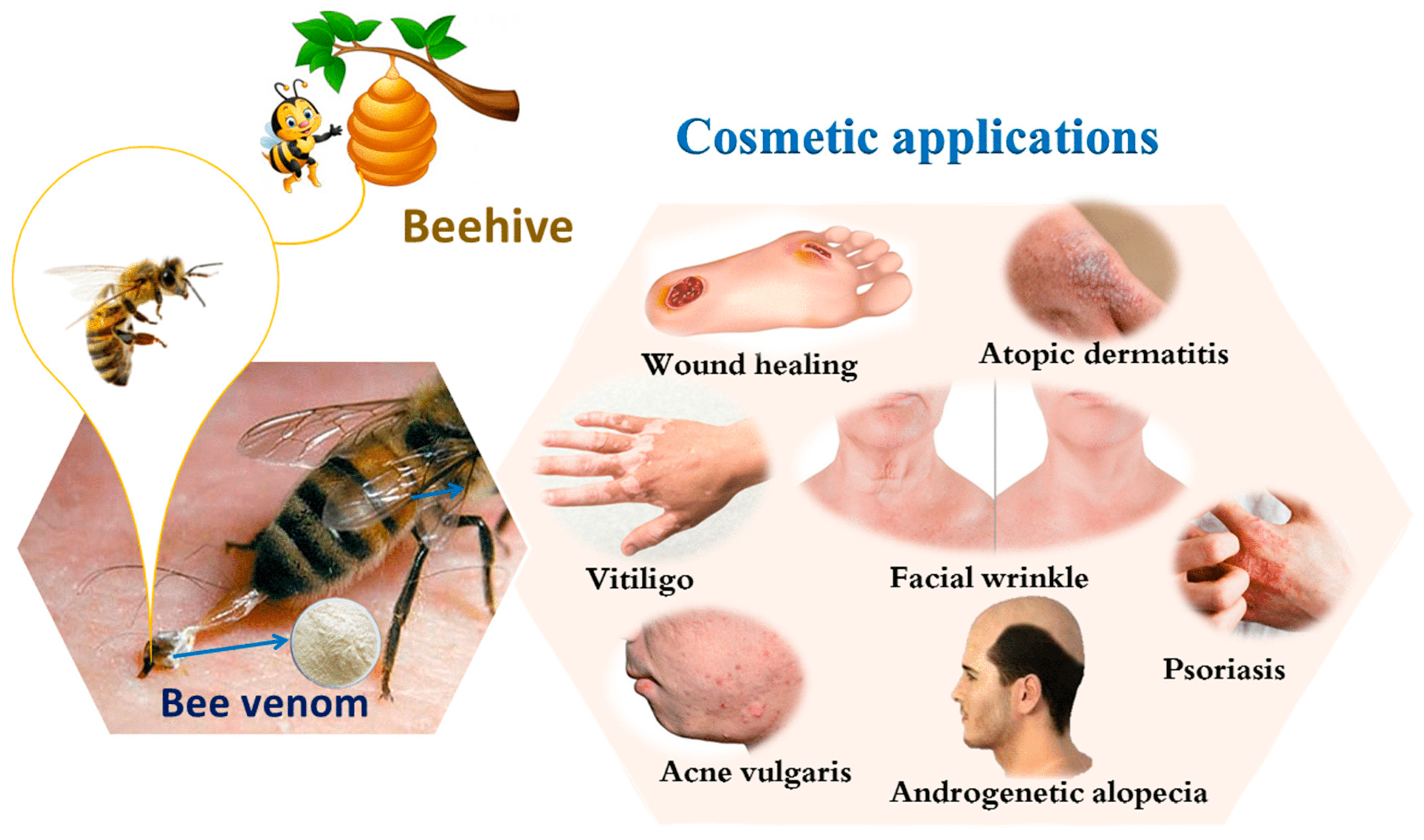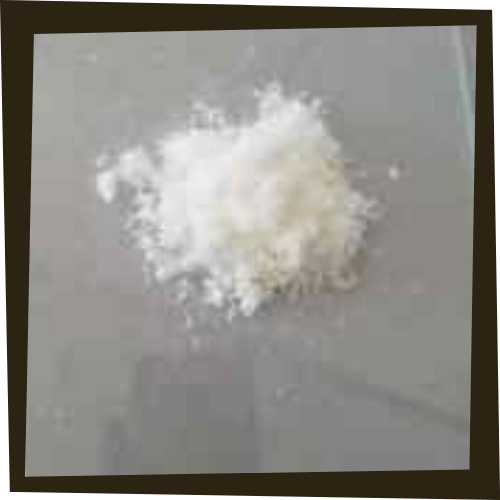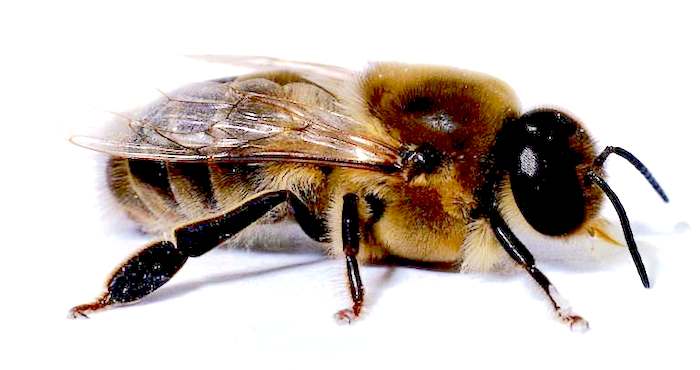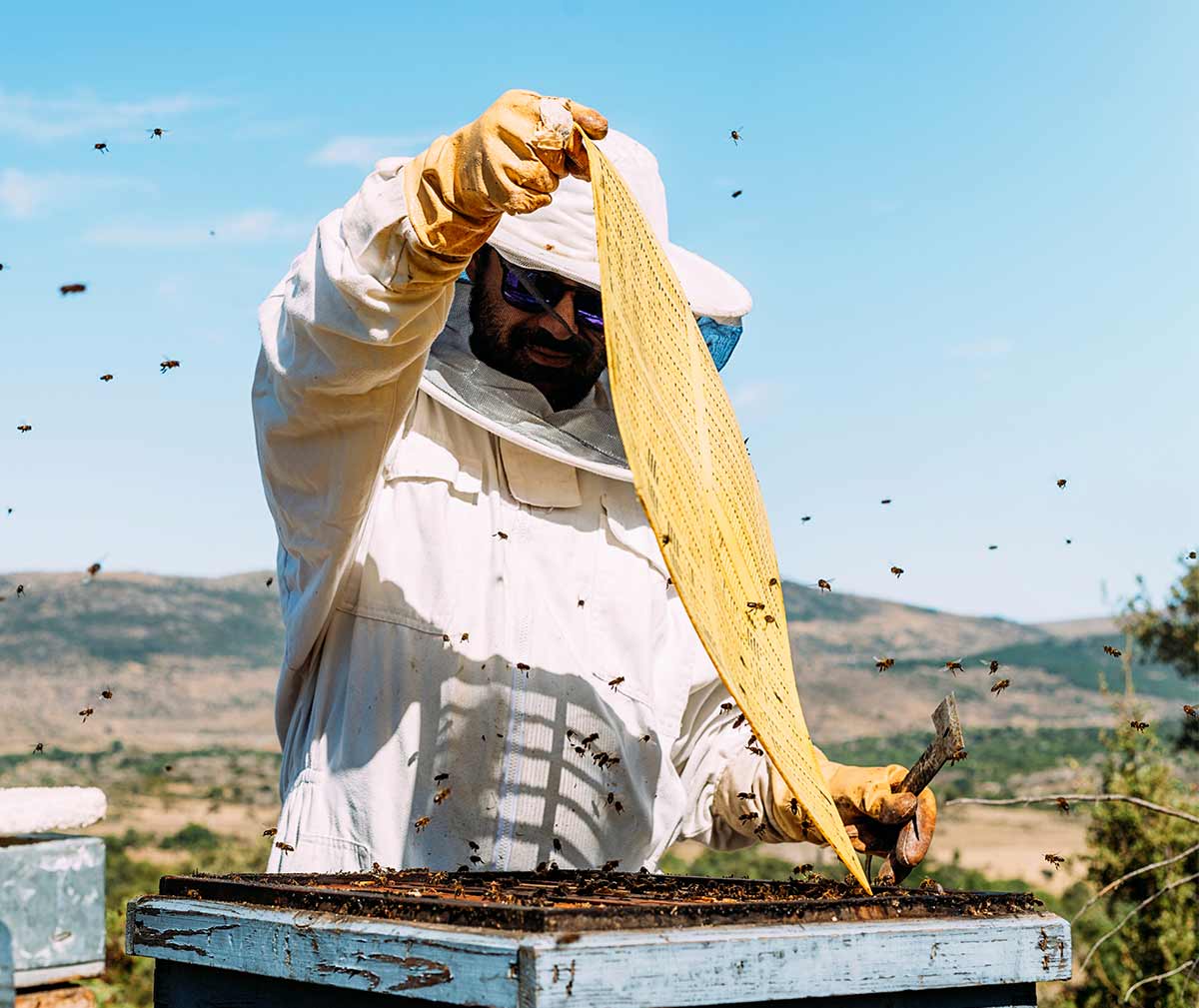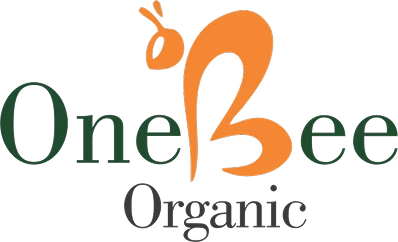Organic farming based on honeybee
Organic Farming Based on Honeybees Organic farming based on honeybees is a sustainable approach that supports natural agriculture. This method relies on honeybees as pollinators while promoting biodiversity and soil health. Farmers benefit from higher crop yields and a healthier environment. Benefits of Honeybee-Based Organic Farming Increased Crop Yields: Honeybees play a vital role in pollination.

